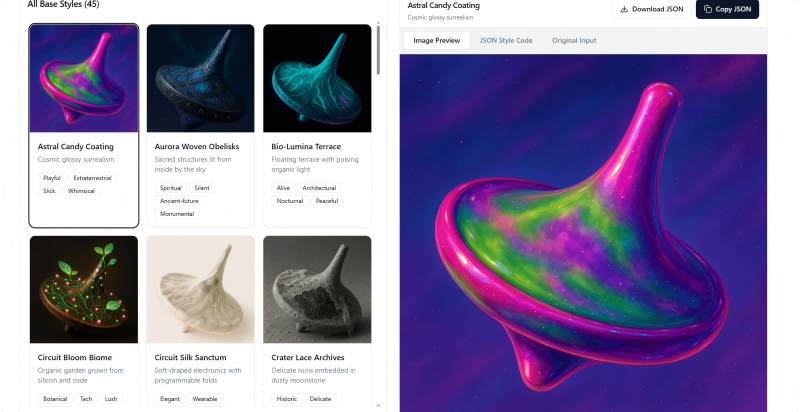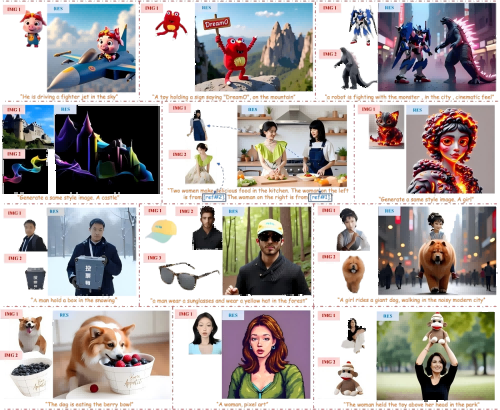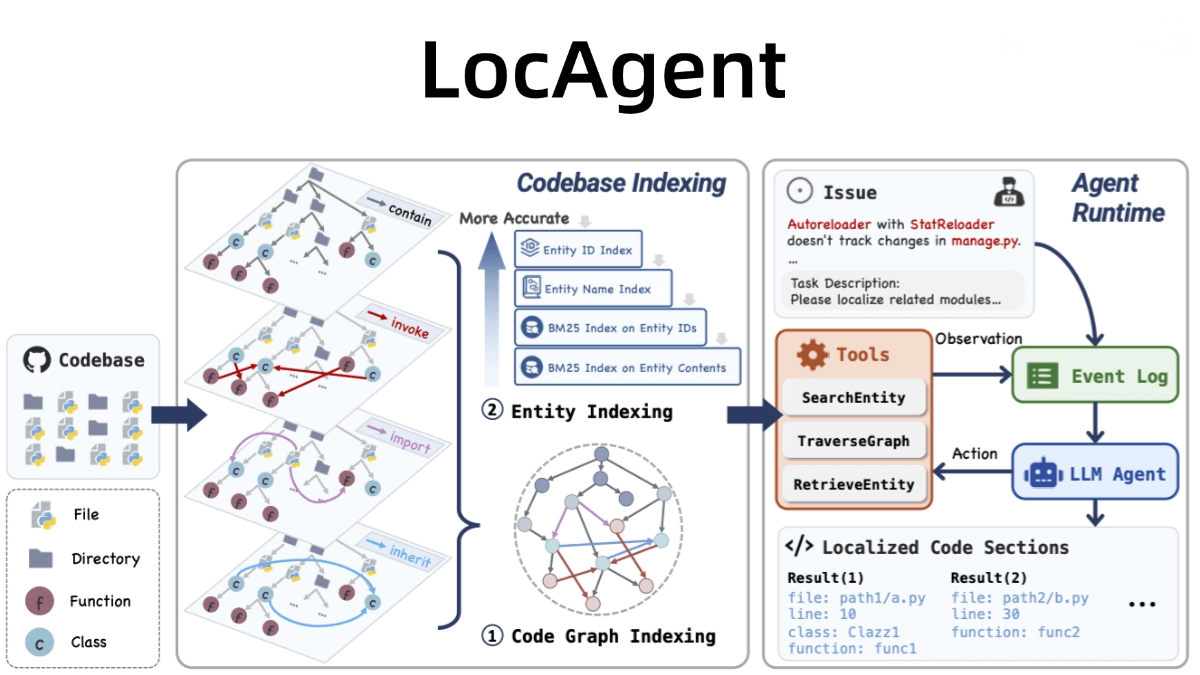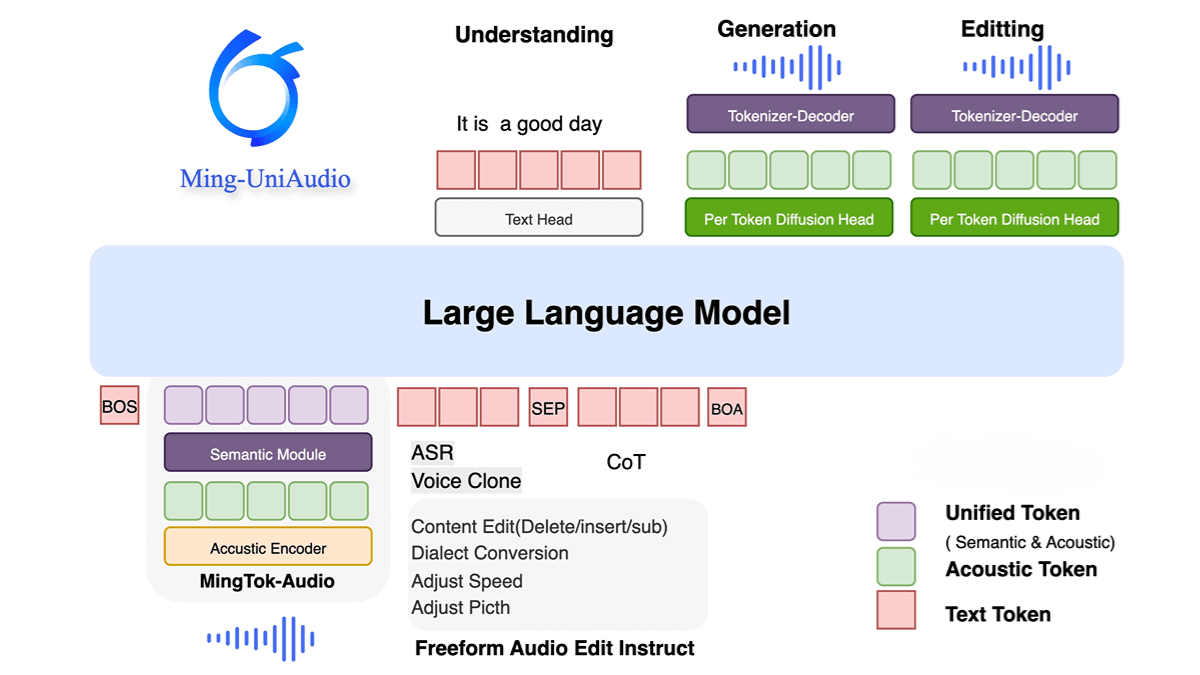From Software Engineer to AI Engineer: This Learning Path Will Guide Your Breakthrough Transition!
Overview of the Project
InterviewReady/ai-engineering-resources is an open-source project created by Gaurav Sen, a former Google engineer and the founder of InterviewReady. It is designed to help software engineers transition into AI engineering through a curated collection of high-quality resources. The repository aggregates cutting-edge research papers, blog articles, and tools that span foundational concepts to practical applications in AI development.
Main Modules & Topics
The repository is well-organized into several core areas, each covering a critical aspect of AI engineering:
1. Tokenization
-
Byte-Pair Encoding (BPE): A widely-used subword tokenization technique that helps handle out-of-vocabulary words.
-
Byte Latent Transformer: A model that processes byte-level inputs for better multilingual and multimodal performance.
2. Vectorization
-
BERT: A deep bidirectional Transformer model for language understanding.
-
IMAGEBIND: Projects multiple modalities (text, image, audio) into a shared embedding space for multimodal learning.
-
SONAR: Provides language-agnostic, sentence-level multimodal representations.
-
FAISS: A fast similarity search library developed by Facebook for efficient vector retrieval.
3. Infrastructure
-
TensorFlow: A widely-used deep learning framework for building and training AI models.
-
DeepSeek File System: Optimized for large-scale training workloads and efficient data access.
-
Milvus: An open-source vector database supporting scalable vector data storage and retrieval.
-
Ray: A framework for building and running distributed applications with ease.
4. Core Architecture
-
Transformer (Attention is All You Need): The foundational architecture for most modern language models.
-
FlashAttention: An optimized attention mechanism for efficient computation.
-
Multi Query Attention: A variant that reduces attention computation costs.
-
Grouped Query Attention: Improves efficiency by grouping queries.
-
Google Titans: Models reportedly outperforming traditional Transformers in specific tasks.
-
VideoRoPE: Rotary positional encodings tailored for video data.
5. Mixture of Experts
-
Sparsely-Gated MoE Layer: A scalable layer that activates only a subset of expert models.
-
GShard: Google’s scalable training infrastructure for large models.
-
Switch Transformers: Uses a switch mechanism to route tokens through different expert modules efficiently.
6. RLHF (Reinforcement Learning from Human Feedback)
-
Deep RL with Human Feedback: Enhances language models by incorporating human feedback in training.
-
Fine-tuning LMs with RHLF: Improves model alignment and performance through iterative refinement.
7. Chain of Thought Reasoning
-
Chain-of-Thought Prompting: Guides models through multi-step reasoning processes.
-
Demystifying Long CoT Reasoning in LLMs: Research exploring how LLMs handle complex reasoning chains.
8. Reasoning
-
Transformer Reasoning Capabilities: Analysis and enhancement of Transformer-based reasoning.
-
Training LLMs in Latent Space: Investigates how training in continuous latent spaces boosts reasoning performance.
9. Optimizations
-
1-bit LLMs: Studies how to train and deploy ultra-low-precision language models.
-
FlashAttention-3: Further optimization of attention computation for large models.
-
Speculative Decoding: A decoding strategy that accelerates text generation.
10. Distillation
-
BYOL (Bootstrap Your Own Latent): A self-supervised learning method for representation learning.
-
DINO: Self-distillation without labels for training powerful visual models.
11. Structured State Space Models (SSMs)
-
RWKV: A hybrid model combining RNNs and Transformers.
-
Mamba: A high-performance model designed for long sequence modeling.
12. Image & Video Transformers
-
CLIP: Projects images and texts into the same embedding space for cross-modal retrieval.
-
ViViT: A pure-Transformer architecture for video classification.
13. Case Studies
-
Real-world applications from companies like Meta, OpenAI, Netflix, and more—offering insight into how AI technologies are applied in production settings.
Highlights of the Project
-
Practical Focus: Tailored for software engineers aiming to build real-world AI applications.
-
Comprehensive Scope: Covers foundational concepts, cutting-edge research, and applied tools.
-
Maintained by Experts: Actively maintained by Gaurav Sen, who continuously integrates new research and tools.
-
Community Recognition: With over 900 stars and 100+ forks on GitHub, it’s recognized as a valuable resource in the AI community.
Useful Links
-
GitHub Repository: https://github.com/InterviewReady/ai-engineering-resources
Related Posts




